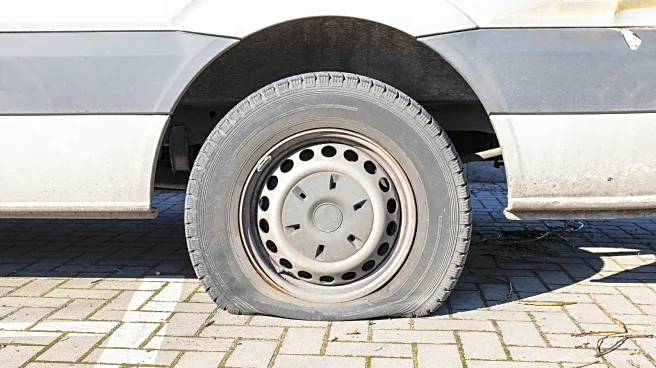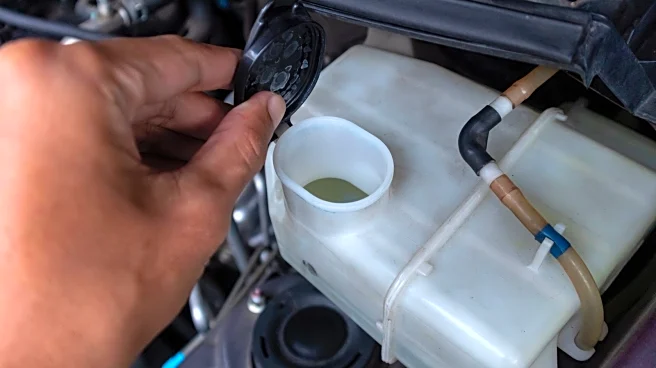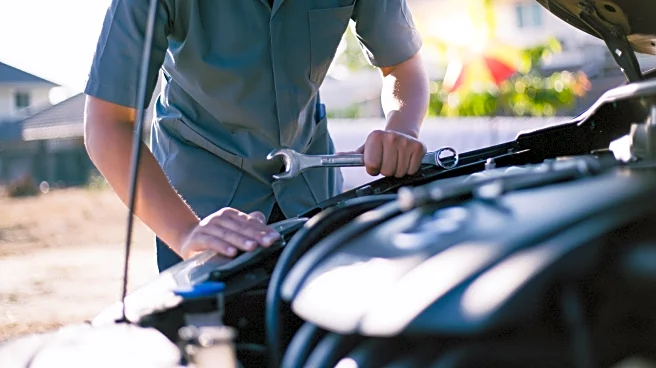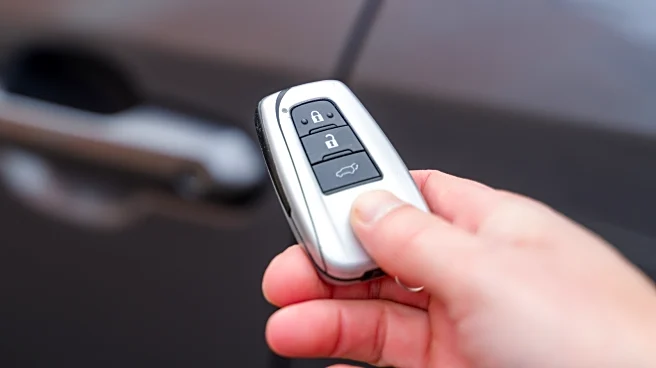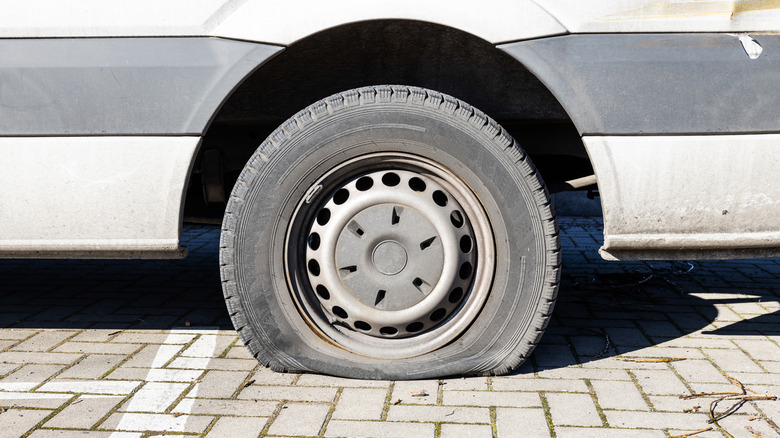
Flat tires happen so often, they're practically an inevitability for the millions of American drivers out there on the road. If you break down the math on the 220 million flats reported a year on average, one happens every seven seconds. But despite being something so commonplace, how many of us end up with a flat tire on the side of the road with no idea what to do to fix it?
Once you and your car make it to the nearest repair shop, you might hear one of two options recommended: a tire plug or a tire patch.
While both are ways to close up punctures and get you back on the road, they aren't exactly the same thing.
A tire plug is a flexible, sticky piece of rubber that plugs the hole in a punctured tire. The process is fairly straightforward and can even be a DIY solution for drivers. Alternatively, there's the tire patch: a thin, flexible piece of rubber that covers the punctured area from the inside of the tire. Installing one of these is a lot more involved than a simple plug because the tire has to be fully removed from the rim.
Read more: 9 Tire Brands Owned By Michelin
Repairing A Flat With A Tire Plug
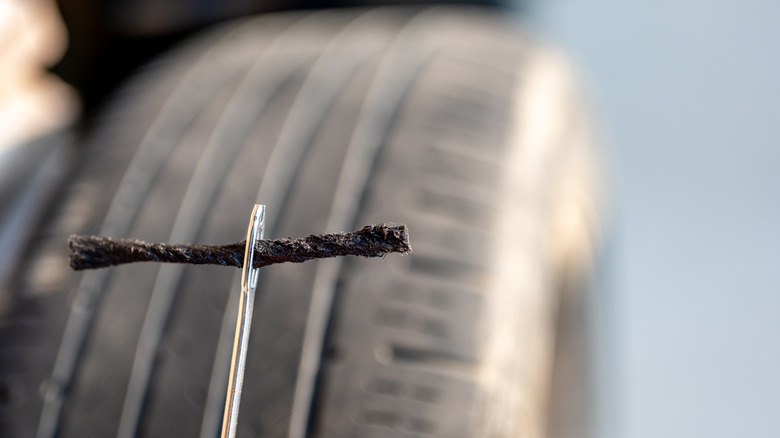
For a tire plug, the mechanic (or the DIYer fixing the flat tire at home) will take a reamer tool to clean up and slightly widen the puncture so that the plug can fit in place securely. Then, the plug gets inserted into the hole and covered with an adhesive. From there, it's just a matter of trimming off any excess rubber and waiting for it to set.
Historically, tire plugs were the most common flat repair method for a long time — especially for small punctures in the center tread area. Their popularity is a result of how easy they are to install, how affordable they are compared to a whole new tire, and how fast you can get back on the road with one.
That said, tire plugs don't last long. (At least compared to a patch.) They can degrade, get loose, or completely fail if the tire has any internal damage. That's why it's not recommended to use plugs for anything other than small holes away from the sidewall. You also don't want to plug any irregular shapes, nor do you want to overlap a plug with any previous repairs.
Repairing A Flat With A Tire Patch

Just like with a plug, patching a tire starts by widening the puncture with a reamer tool. (Patches need a rough surface to adhere to, so the reamer can also take care of this.) After that, the mechanic will take the tire off the wheel and put adhesive on the patch and the tire surface. After the patch is pressed into place and the adhesive dries, the tire is put back on and properly inflated again.
Tire patches are generally stronger and more durable than plugs. They can last for years (if done the right way) and are generally much more reliable, especially for larger punctures or those slightly closer to the sidewall. Patches are also safer than plugs because they're less likely to loosen over time.
Of course, patches are not foolproof. Like plugs, they don't address any internal damage to the tire. Improper installation can also hurt their effectiveness. They're also going to be more expensive than a plug, especially if you're using a repair shop to get the job done. (And you probably should, considering how involved the process is.)
What About A Plug-Patch?
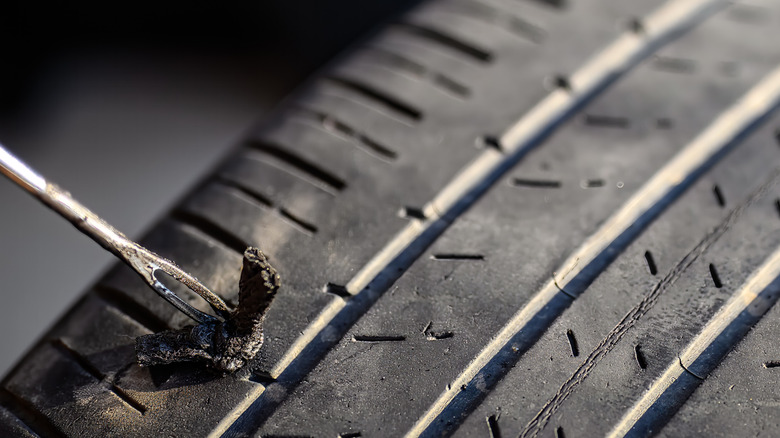
Some repair shops could offer you a hybrid solution known as a plug-patch. This combines the quick-sealing benefits of a plug with the long-term durability of a patch: the patch goes on the inner tire liner, while the plug takes care of the puncture from the outside. That way, you get the best of both.
Worth noting is that for a plug-patch repair, the puncture has to meet a very specific set of criteria: it should be less than a fourth of an inch in diameter, it should be located in the central tread area at least half an inch from the steel belt, and it should be free from overlapping previous repairs. If you have sidewall damage, irregular punctures, or if the hole in your tire is too big to fix, you'll need a full tire replacement instead. As a general rule, repairs with a plug can get you back on the road fastest, but repairs with a patch (or plug-patch) will last the longest.
Want the latest in tech and auto trends? Subscribe to our free newsletter for the latest headlines, expert guides, and how-to tips, one email at a time.
Read the original article on SlashGear.
